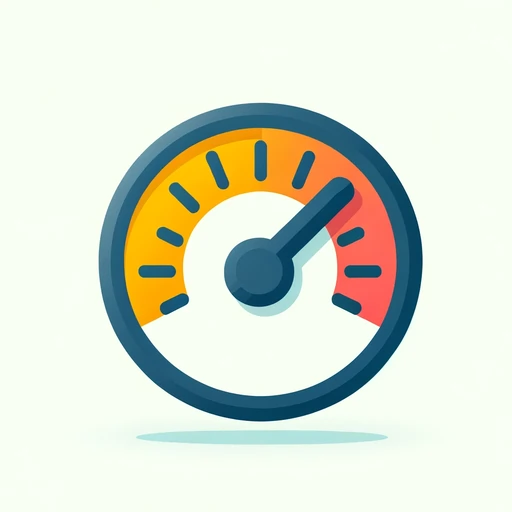In today’s fast-paced digital world, a slow-loading website can drive visitors away and harm your search engine rankings. Speed is crucial for both user experience and SEO success. Let’s dive into the top strategies to make your WordPress site load lightning fast.
Optimize Your Images
Large images can drastically slow down your website. Optimize your images by compressing them without sacrificing quality. Tools like TinyPNG and JPEGmini can help reduce file sizes while maintaining visual integrity.
Clean Up the Clutter
Over time, your WordPress database accumulates unnecessary data, which can affect site speed. Regularly clean your database to delete unwanted data and keep it running efficiently.
Remove Unused Plugins and Themes
Unused plugins and themes can pose security risks and slow down your site. Regularly audit your site and remove any plugins or themes that are no longer in use.
Lazy Load Images
Implement lazy loading to improve load times. This technique loads images as users scroll down the page, reducing the initial load time and server strain.
Minify Your Files
Reduce your CSS, HTML, and JavaScript file sizes by removing unnecessary characters like commas and spaces. Minifying these files helps your site load faster.
Use a Content Delivery Network (CDN)
A CDN distributes your site’s content across multiple servers worldwide, ensuring faster access and improved reliability. This reduces load times for visitors no matter where they are located.
Leverage Browser Caching
Store website information temporarily in browsers to reduce lag. Set expiration headers to cache data like JavaScript files, images, and web page information for a specific duration, such as a year.
Reduce External Scripts
Limit the number of external scripts on your site. Only include essential ones, like Google Analytics, to minimize additional load times.
Monitor Bandwidth Usage
Keep an eye on your bandwidth usage. Using more data than your site can handle slows it down. Manage inbound and outbound data transfer rates to maintain optimal performance.
Minimize Redirects
Each redirect adds to your load time as users wait for the HTTP request-response cycle to complete. Minimize redirects to improve page response times and user satisfaction.
Conclusion
Improving your WordPress site’s speed is essential for providing a great user experience and achieving high search engine rankings. By following these optimization techniques, you can ensure your website loads quickly and efficiently.
Is your WordPress site slow and impacting your user experience and SEO? Visit WP ShieldMatrix Optimization to learn more about our comprehensive optimization services. Let us help you achieve faster load times, better rankings, and a superior user experience. Contact us today to get started!
